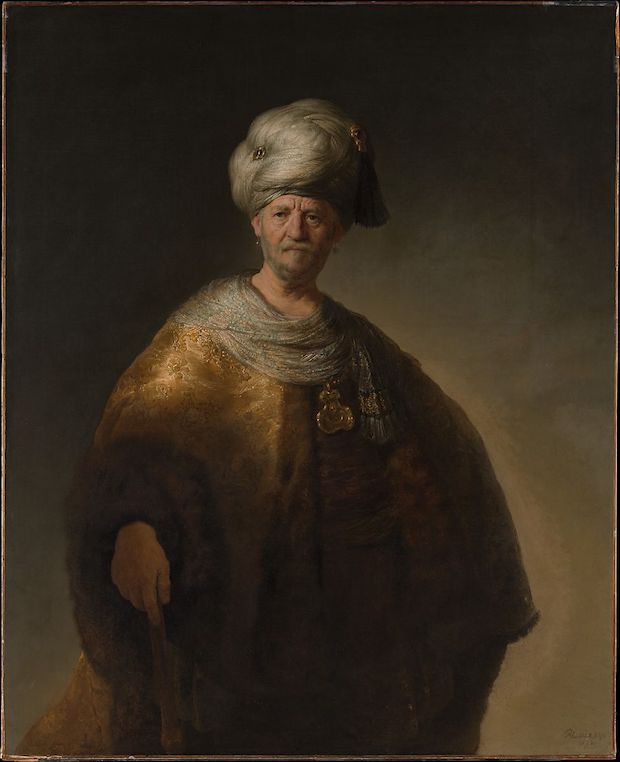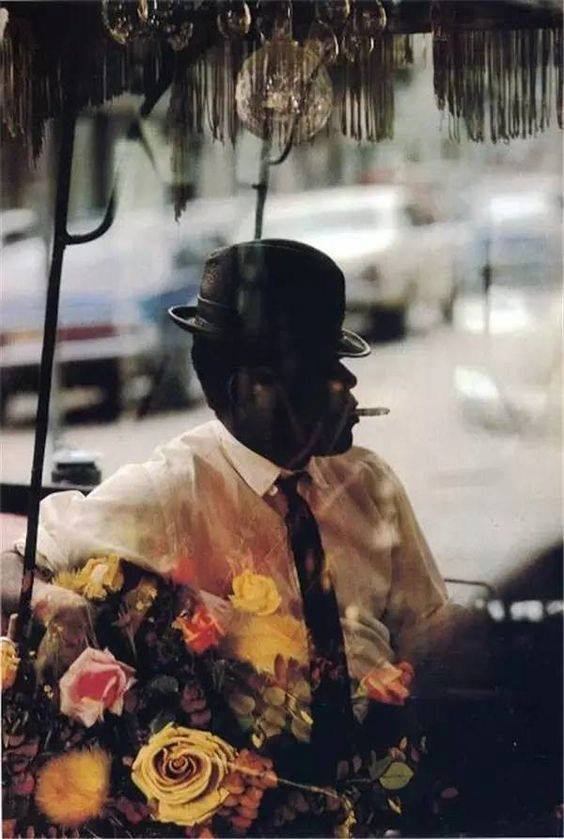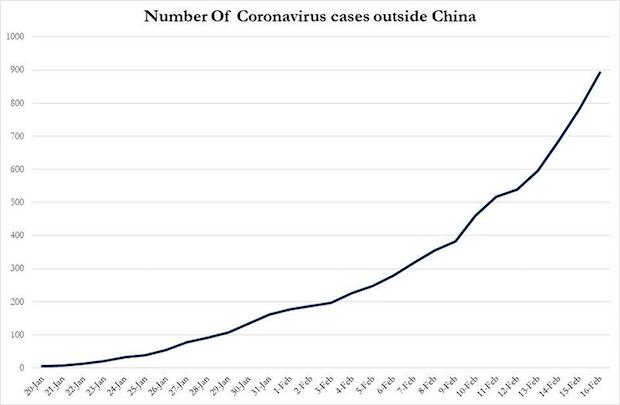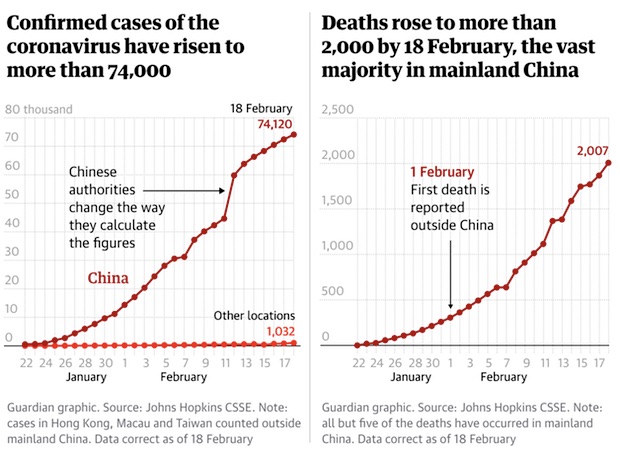
Rembrandt van Rijn Man in Oriental Costume (The Noble Slav) 1632
It’s been two weeks since I last wrote an original article. That’s a long time. Then again, that article was The Virus is a Time Machine, which was – and still is, pardon the pun, deadly accurate. All my time between then and now has gone into the daily Debt Rattles, which have increasingly become almost exclusively Virus Rattles. A lot of it has been numbers, not because of the numbers themselves, but because they are what reveal the trends, the trajectory, the dynamics to us.
When I first saw in the numbers a few days ago that US cases and deaths were both up some 45% over 24 hours, that frightened me. Because it told me a story. Without the numbers, that story is not there. That is also why I think it’s absolutely no use to look at these numbers and compare them to other ones, like those of regular flu, or traffic deaths, or whatever people come up with.
The coronavirus is new, it’s very young, even in virus time. You can’t compare it to other viruses. I have this image in my mind of Arnold Schwarzenegger peering into Jesus’s manger and saying: “what’s the problem, I can take that guy”. Don Ciccio had a better idea when he chased down 9-year-old Vito Andolini at the start of Godfather II: “when he grows up, he’ll come after me”.
The people responsible for the corona crisis getting so out of hand where you live are your “leaders”, the same ones who are now telling you to stay home 24/7 in order to solve the crisis they caused, not you. I’m not saying that to start a revolt, because now they’re the only people standing between you and anarchy, but please stop praising them. I see so many instances of people saying their leaders looked so reassuring on TV last night etc. I get that, I get why, but they are all abject failures.
If you’re in charge of a country’s government, you have at your disposal a State Department or some equivalent, you have dozens of people following world news in depth, and you have direct access to whatever the WHO says. Put all that together and you have no excuse for sitting on your hands 2+ months only to see the situation having gone way out of hand. And it makes no difference if all your peers have been as negligent as you are, it’s your job.
Last week the Hong Kong Free Press ran an article saying that China could have cut 95% of cases if its measures to contain the outbreak had begun three weeks earlier. The same is true where you live. China screwed up royally, and so did and do your respective “leaders”.

In a way, it’s good to see that more people and more news outlets have now woken up to what’s going on, and then some lately, but it’s also weird to see so many “sources” act as if they own the topic, and invented it, who never knew what it was until like ten days ago, while the Automatic Earth have been on top of it for over 2 months. Which is why, inevitably, they, the overnight experts, get most of it wrong. Just like the governments and politicians who have all of a sudden awakened from their slumber, and are now ordering people to do whatever their “leaders” think of next.
The problem with that, with relying on coming up with things without having a solid background like the Automatic Earth could have provided them with, is the same problem that caused them, both media and political systems, to be so awfully late in the first place. I first covered that in The Party and the Virus a full 7 weeks ago.
That was back when it appeared to be all about China, but it’s just as applicable in the west. The way we select our politicians, and our media, doesn’t allow for them to risk crying wolf. They will always wait to see what their peers do, who therefore also wait. Safety first for them, but -well, obviously- not for you.
That’s what we’re looking at today. The age-old excuse of “nobody knew, and nobody could have known”, just look at my peers, look at all other PM’s and presidents and governments. There is no behavior more typical for modern day politicians, whether they’re Chinese party officials or western cabinet ministers. But it’s all BS; they could have known, and therefore should have, because it’s their job. But they were fast asleep.
Trump and Boris Johnson may be taking the denial phase to a whole new level, and Bolsonaro too, but they really only fit a pattern. And ironically even they see their popularity rise, because people are scared and seek security and solace and protection, no matter how poorly dressed up.
Saying that Donald and Boris are terrible, no matter how justified, only serves to hide the failures of all other politicians, no matter how inclined you are to believe their messages. The simple fact is they are all terrible, they were all 12 weeks or more late in their (re-)actions.
Not that they should have ordered a billion dollars in respirators at the end of December, but when the first victims died in China, and the WHO was notified, they should have taken inventory of the state of their countries’ health systems, their response systems, the whole set-up. In order to be at the helm IF disaster struck.
They never did, or not till much later. That’s why medical supplies of all applicable shapes and forms are woefully short today in Italy, and will be soon in dozens of other countries. Please stop praising these people. They all failed horribly at their jobs. Their collective failure has already caused thousands of deaths, and that may well become millions.

The WHO is praised too, but it is just as guilty of deadly neglect as all the politicians. The organization and its directors get paid large sums of money to protect the world from events exactly like this. And they did not; they are not only useless, they are harmful.
On December 30 2019, several people, among whom Wuhan doctor Li Wenliang, who died of the disease mere days later, talked on social media like WeChat about the outbreak. On December 31, Li Wenliang was called in for questioning, Wuhan health officials confirmed 27 cases of the new illness -a “pneumonia of unclear cause”-, and China, which now figured denial was no longer an option,”officially” told the WHO about the outbreak.
On January 14, the WHO said Chinese authorities had seen “no clear evidence of human-to-human transmission of the novel coronavirus.” On January 15, the first confirmed US case left Wuhan and arrived in the US with the virus. On January 20, 6 days after the WHO statement, top Chinese doctor Zhong Nanshan announced the virus CAN be passed between people. He would later state that the outbreak would be over by early February.
On January 21 the CDC confirmed the first coronavirus case in the United States. Then came Lunar New Year and 100s of millions of Chinese traveled to their families. By then the WHO should obviously long have sounded a big fat five alarm. They didn’t.
Instead, WHO director general Tedros Adhanom Ghebreyesus repeatedly heaped praise on China. He did this on January 28, then again on February 12, (when China still refused to let a WHO team enter the country):
On January 28, Tedros met with Chinese President Xi Jinping in Beijing. Following the meeting, Tedros commended China for “setting a new standard for outbreak control” and praised the country’s top leadership for its “openness to sharing information” with the WHO and other countries.
… and many times after. On January 23, the WHO’s emergency committee couldn’t decide whether to declare a “public health emergency of international concern” (PHEIC). Tedros, who held the decisive vote, despite admitting that “this is an emergency in China.”, declined. A week later, he did declare a PHEIC. What’s much worse, along those same lines, the WHO declared a pandemic only on March 11.

Meanwhile, the US is well on its way to become the worst hit country of all. Someday we (if we survive) will look at those spring break kids on Florida’s beaches and wonder how crazy people can get. Two weeks ago when I wrote The Virus is a Time Machine, the US reported 409 cases. As we speak the tally stands at 40,841, and it will rise further before the day is done.
Please be good and safe. Follow the instructions about safe distance and stuff. In Britain, stay 2 meters away from people, in Holland, 1.5 meters. Must be the air density. But just do what they say for now. It’ll get more bizarre later, plenty time to resist and protest.
Follow those “directions” for now, but whatever you do, please never ever praise the very people who dropped the ball so humongously to cause so much suffering, only to take unprecedented control over your lives, and telling you it’s for your own good.
It’s not that they planned this all, there are too many conspiracy notions out there about that too. People have through history hugely underestimated the power of incompetence, and history rhymes so much it hurts.
Get through this thing, it won’t last forever, people will force an end to lockdowns before the summer’s over, simply because people are social animals; can’t keep us apart.
Next up: the same clowns in charge of “fixing” the economy broken by the negligence and the incompetence of, yes, the same clowns. Better start preparing right now. If you think this virus thing is bad, wait till you see what they have on offer next.

Much as I don’t want to, I must ask for your support. Readership is up a lot, but ad revenue only keeps dropping. I’ve said it before, it must be possible to run a joint like the Automatic Earth on people’s kind donations. These are no longer the times when ads pay for all you read, your donations have become an integral part of it. It has become a two-way street; and isn’t that liberating, when you think about it?
You heard it here first, like so many other things. And no, though it would be far more lucrative financially, the Automatic Earth will not adopt any paywalls, not here and not on Patreon. But you can still support us there, as well as right here. It’s easy.

If you read us, please support us. Help the Automatic Earth survive.











